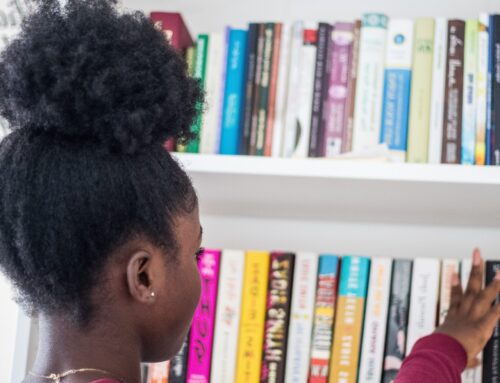Whether they’re learning about the layers or the earth or how to write a perfect five-paragraph essay, education is an essential part of a child’s development. However, not every student learns the same way. Education researchers have discovered that there are several types of learning styles. When a child finds their most effective learning process, they can crack the code to mastering their own education.
By understanding how these styles work, parents and educators can help children succeed in the classroom and beyond.
As a parent, you may be wondering, “what type of learner is my child?” In this article, we’ll break down the four main types of learning styles in detail.
The Four Different Types of Learning Styles
So what are the different types of learning styles? According to the VARK model, there are four main types:
- Visual learner
- Auditory learner
- Reading and writing learner
- Kinesthetic learner
While some children use a combination of these styles, most will have a preference for one over the others.
Let’s take a deeper look at each of these learning styles.
#1 Visual Learners
As the name suggests, visual learners process information best when it’s presented visually. These students often have outstanding spatial awareness. In turn, the following tools are a visual learner’s best friend:
- Graphs
- Charts
- Maps
- Diagrams
- Outlines
If your child is a visual learner, they will retain information best when they implement visual elements into their studying.
Some effective study strategies include:
- Color-coding notes with highlighters
- Adding pictures and symbols to their notes
- Creating flashcards with diagrams
- Drawing out concept maps on a whiteboard
- Creating visual presentations
#2 Auditory Learners
This type of learner prefers to absorb information with their ears. During lectures, auditory learners will often listen more closely and take fewer notes than their non-auditory counterparts.
While some might mistake this behavior for disengagement, it truly isn’t. These students are simply devoting their attention to their preferred learning style—listening. Auditory learners also gain a lot of educational value from class discussions and verbal instruction. As they talk out loud and listen to others, they absorb a ton of information.
Some effective study tips for auditory learners include:
- Reading notes out loud
- Recording notes as a voice memo and listening back to them later
- Listening to a textbook’s audiobook
- Learning about the course material from podcasts
- Watching educational videos
- Discussing the material in a study group
- Reducing auditory distractions during study time
#3 Reading and Writing Learners
While auditory learners love the spoken word, reading and writing learners prefer the written word. These students synthesize information best by reading and writing. They’re often avid readers in their free time as well.
The study tricks that work best for reading and writing learners include:
- Writing detailed notes during class
- Re-reading their notes
- Re-writing course material to commit it to memory
- Reviewing handouts, PowerPoint slides, and textbook pages
- Completing writing assignments about the course material
- Doing online research
Since many school’s curriculum focuses heavily on reading and writing assignments already, these learners are automatically catered to. In turn, they often have the easiest time succeeding in school.
#4 Kinesthetic Learners
Last but not least are kinesthetic learners or physical learners. These students are eager to interact with the course material in a physical way. Kinesthetic learners are often called “tactile learners.” However, their learning style engages all of the senses—not just touch.
Due to the way most educational curriculums are set up, kinesthetic learners are often underserved in the classroom. They struggle to stay engaged during long lectures. They’d rather actively participate with the course material instead of experiential learning. As a result, kinesthetic students tend to enjoy lab sciences and athletics.
The following study tips can help kinesthetic learners stay physically immersed in their study experience:
- Create flashcards
- Walk around as they review notes
- Listen to music as they complete assignments
- Chew gum as they study
- Take frequent study breaks
How Can I Find Out My Child’s Learning Style?
Now that you understand the four main learning styles, you may have an idea of what your child prefers. However, if you don’t, there are many online tests that can help you pinpoint their preference.
Ballington Academy: Honoring the Different Types of Learning in Education
Your child’s learning style impacts how they process information. By identifying your child’s learning style, you can help them tailor their study habits accordingly and set them up for academic success.
If you want your child to go to a school where their learning style is honored, look no further than Ballington Academy. This California-based charter school offers a top-notch education, focused on science, technology, engineering, arts, and mathematics (STEAM).
Ballington Academy keeps class sizes small, so each student receives the hands-on instruction and individualized attention they need to thrive. Find out if the Ballington Academy is right for your child today.
Sources:
VARK. The VARK Modalities.
https://vark-learn.com/introduction-to-vark/the-vark-modalities/
VARK. The VARK Questionnaire.




